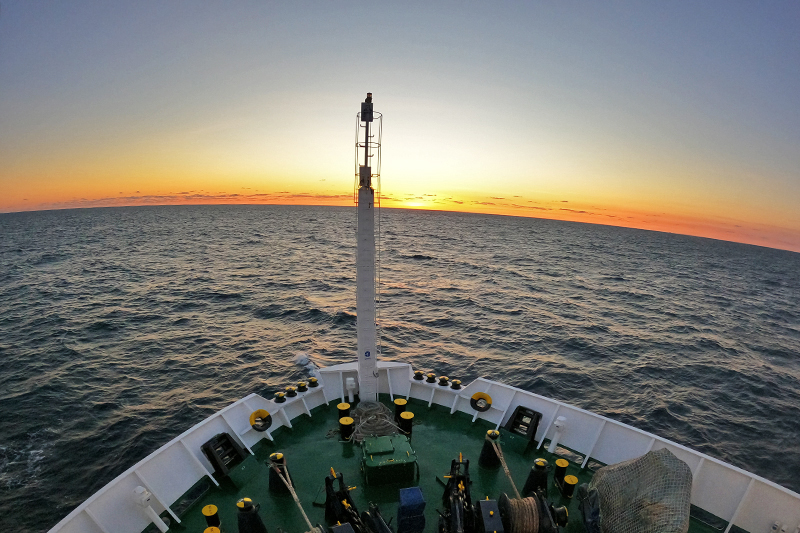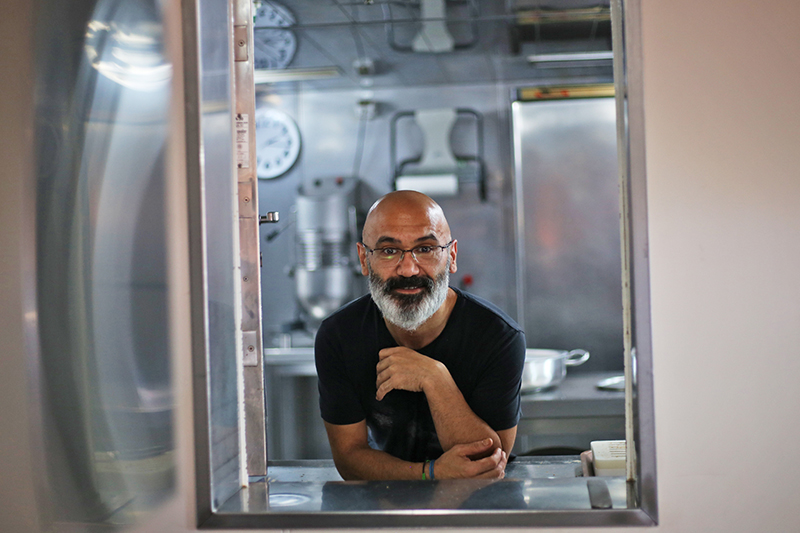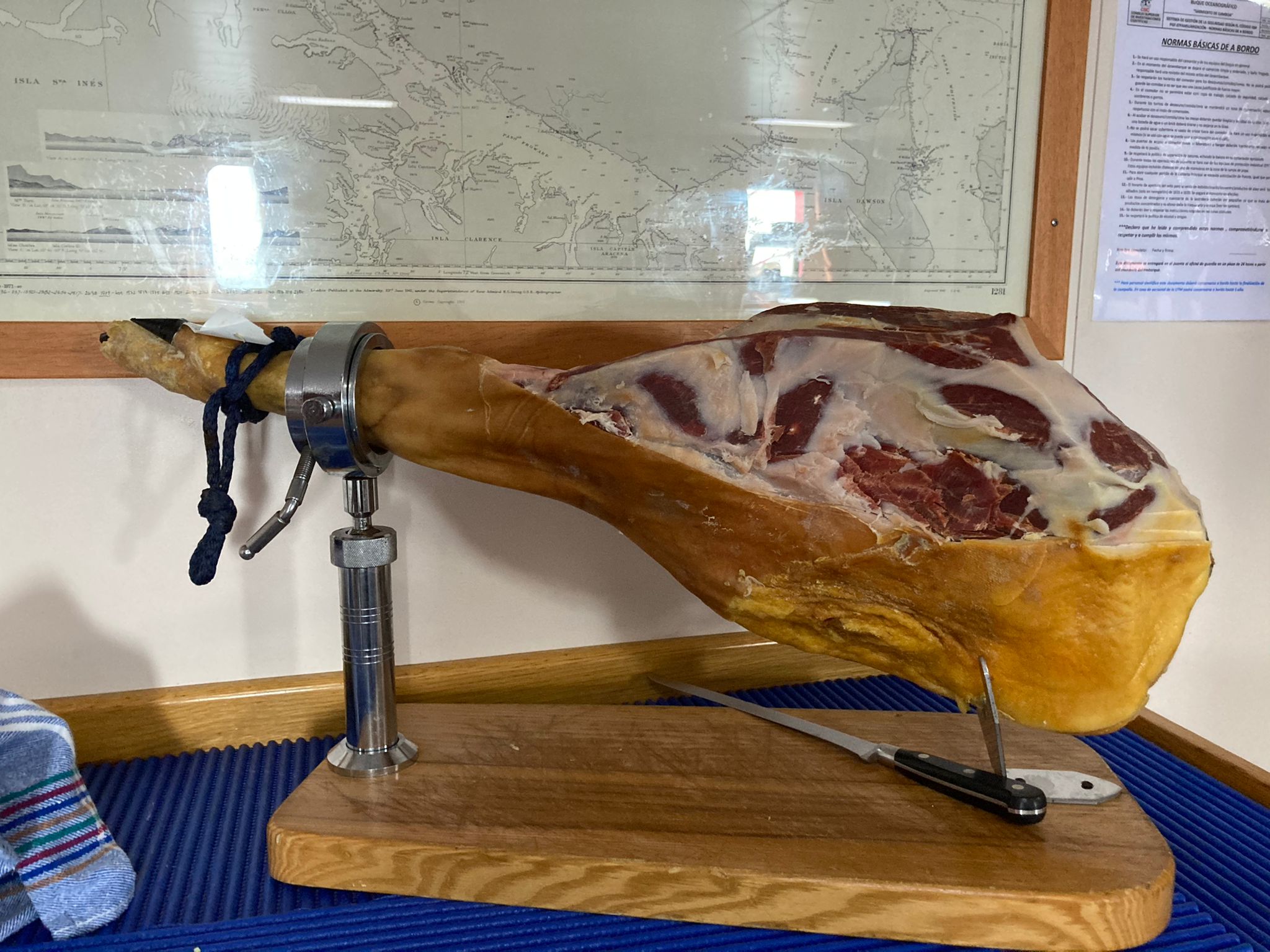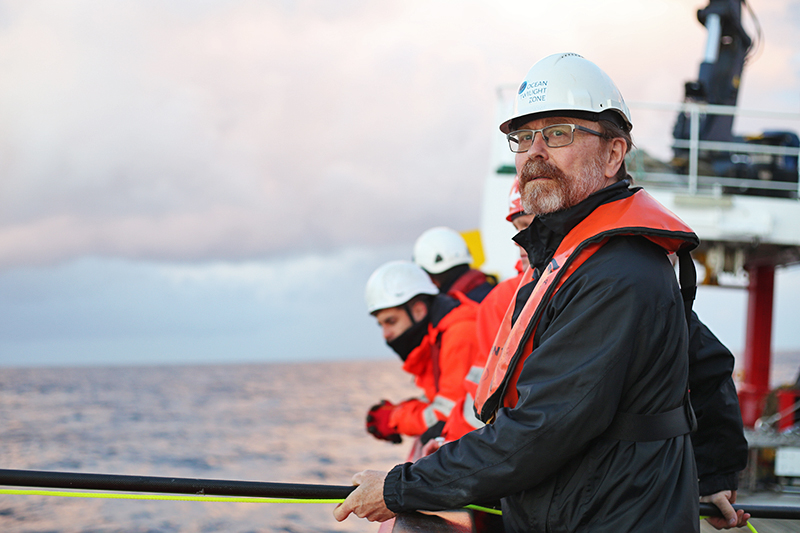By the numbers
By Marley Parker & Michelle Cusolito
After three action-packed weeks aboard the Sarmiento de Gamboa, everyone on board is reflecting on the experience and totaling up all that we accomplished.
A quick overview of the expedition:
- 14 days of pre-expedition quarantine
- 8 tons of equipment transported from Woods Hole, Massachusetts to Vigo, Spain
- 19 science team members on board
- 23 crew members
- 24 days on the vessel
- 1,900 nautical miles traveled
Despite encountering rough seas, we completed an impressive amount of science, and achieved (in some cases, exceeded) many goals of the expedition.
A few numbers from the science operations:
- 782 hours of continuous underway sampling
- 7 million liters (1.85 million gallons) of water imaged by Stingray
- 9 MINIONs deployed
- 3 TZEx deployments
- 600 liters (158.5 gallons) of water imaged by Twilight Zone Explorer (TZEx)
- 9 MOCNESS tows
- 78,411,000 liters (20,714,059 gallons) of water sampled by the MOCNESS
- 2,880 liters (761 gallons) of water collected by the Conductivity, Temperature, Depth (CTD) rosette
- 3,024,000 images captured by Stingray
- 323,000 images from one Underwater Vision Profiler (UVP)
- 10,500 images from the PlanktoScope
- 4,470,000 images acquired by the Imaging FlowCytobot (IFCB)
Fueling 42 people working around the clock requires a lot of food (and espresso)! The two chefs, Juan and Xoan, prepared hundreds of delicious meals for us, often cooking in extremely rough conditions.
During this expedition, we consumed:
- 500 loaves of bread (more than half a loaf per person per day!)
- 3,000 cups of espresso
- 9 kilos (20 pounds) of jamón (dry-cured ham)
- 4 meals of traditional pinchos (small snacks)
- 90 eggs in just one meal
- 500 kilos (1,102 pounds) of food
Going to sea is always a special experience, but this expedition included many unique factors that made it especially memorable.
A few numbers from our wild, weird life on board:
- 6 nationalities represented
- 83 Styrofoam cups shrunk during CTD deployment
- 200 hours of sustained winds over 20 knots
- 11 Life Saver candies used for science
- 313 Life Saver candies consumed by the science team
- 1,744 WhatsApp messages exchanged between science team members
- 5 bike rides completed by Joel on board
- 4,472 photos taken by the onboard communications team (Marley and Michelle)
And finally, here are a few numbers we can’t quite calculate:
The number of times our food trays slid off the tables during meals.
The number of squats we did during group workouts.
The number of mystery bruises we acquired from bumping into walls, doors, railings and equipment.
The number of times Ken said “the weather will only get better…”











